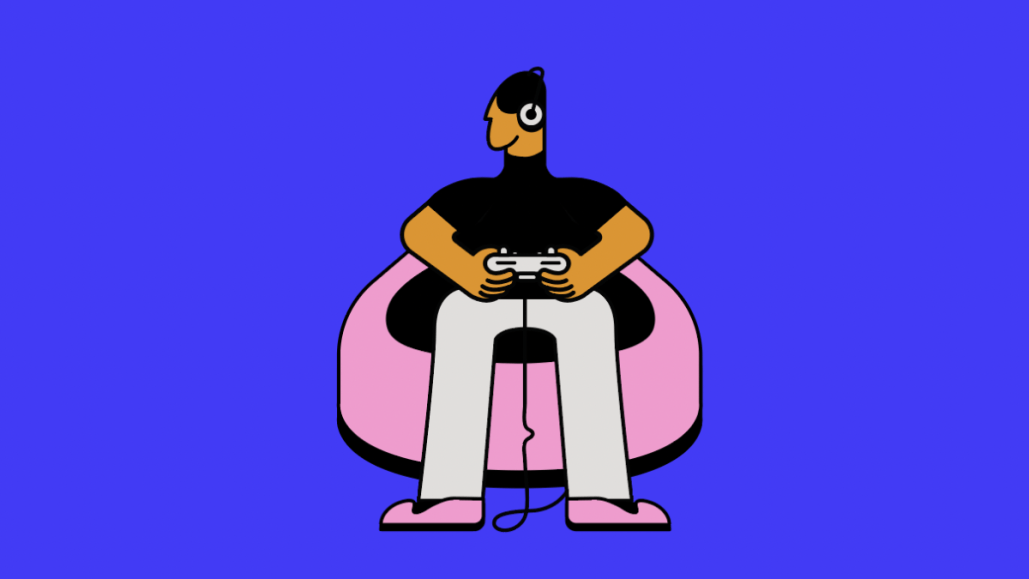
Jordan Shlachter, head of research, Activision Blizzard Media
Entertainment choices have never been more abundant, and gaming has emerged as one of the biggest winners in the battle for audiences’ attention. While gaming’s exponential growth has been well documented — there are currently nearly 3 billion gamers worldwide spanning a diverse set of demographics, interests and preferences — what hasn’t been part of the conversation is how it impacts and influences audiences’ media consumption habits more broadly.
Gaming as a form of entertainment doesn’t exist in a vacuum. Understanding how audiences engage with gaming provides a snapshot into broader content consumption trends, including how gaming is consumed in tandem with other forms of entertainment. The evolution of the gaming experience, thanks in part to more inclusive and accessible design methodologies, has helped propel the influence of gaming on overall entertainment habits. Gaming is more accessible than ever, with users playing more often across more platforms and devices throughout the day.
Gaming as entertainment consumption goes past prime time
The increasing ubiquity of gaming was evident in research conducted by Activision Blizzard Media, which surveyed more than 2,000 U.S. adults to understand their entertainment consumption habits better. The study found that gaming is a regular part of the weekly diet for two-thirds of respondents, with 84% of those aged 18-34 years engaging with gaming at least weekly. Far from its previous perception as a “niche” pastime, the majority enjoy gaming today regularly. Amongst those surveyed, gaming was one of the entertainment activities most engaged with, ahead of live TV, streaming TV and streaming video.
Audiences are consuming content, especially gaming, throughout the day across multiple devices, with the second screen increasingly acting as a focal point for attention. With increased gaming frequency and engagement comes a shift in how traditional media is consumed. Gaming is at the audience’s fingertips with mobile devices, leading to a significant move away from entertainment as something consumed only during prime time hours in the evening toward something audiences can engage with at different touchpoints throughout the day. Gaming is an integral part of audiences’ everyday lives, and the idea of prime time is increasingly becoming a thing of the past.
This trend is even more pronounced in younger generations. Although all ages enjoy gaming, those aged 18-34 years show the most substantial interaction with gaming at different touchpoints throughout the day. Identifying the entertainment consumption behaviors of younger generations provides an important glimpse into the future of media adoption and the evolution of entertainment habits.
Some of these shifts in media consumption behaviors are also evident in consumers aged 35-54. Many in this group have grown up with gaming, similar to their younger counterparts. They show consistent engagement with gaming throughout their lives, especially in comparison to traditional media such as TV.
For gamers, the game is the number-one second-screen activity
Changes in media consumption extend beyond the time of day that entertainment is consumed. With more choices, audiences increasingly engage with multiple forms of entertainment simultaneously and switch between these experiences with regularity. The idea of second-screening is not new — 85% of respondents surveyed by Activision Blizzard Media revealed to be watching TV with another device in hand — but what stands out is what audiences are consuming on that second screen. Instead of scrolling through social media or browsing the internet, people are using their second screen to game.
The research shows that gaming is the number one second-screen activity among gamers, with more than half of this group using a mobile device to play games while watching TV. This is partly due to gaming’s emergence on mobile, enabling a seamless second-screen experience that was previously harder to achieve with PC and console gaming. Once thought to be a deeper way into traditional entertainment, the second screen may sometimes draw more attention than the first, becoming the primary focus.
How to apply gamer insights
Viewing gaming purely through the framework of its exponential growth risks missing the full influence that gaming has on audiences. While gaming is increasingly demanding attention from brands, marketers and advertisers who are beginning to understand its potential as a media platform, there is still a way to go in fully realizing the role that gaming plays in consumers’ lives. Understanding how audiences interact and engage with gaming, especially in relation to traditional entertainment platforms, provides marketers with better insights into current and future media consumption trends.
These behavior shifts, such as moving away from prime-time viewing behavior and fragmented attention, are not unique to gamers. Recognizing gaming’s influence is the crucial next step for brands to understand the evolution of entertainment consumption better and reach audiences where their focus is.
Sponsored by: Activision Blizzard
More from Digiday

What does the Omnicom-IPG deal mean for marketing pitches and reviews?
Pitch consultants predict how the potential holdco acquisition could impact media and creative reviews heading into the new year.

AdTechChat organizers manage grievances amid fallout of controversial Xmas party
Community organizers voice regret over divisive entertainment act at London-hosted industry party, which tops a list of grievances.

X tries to win back advertisers with self-reported video stats
Is X’s big bet on video real growth or just a number’s game?





